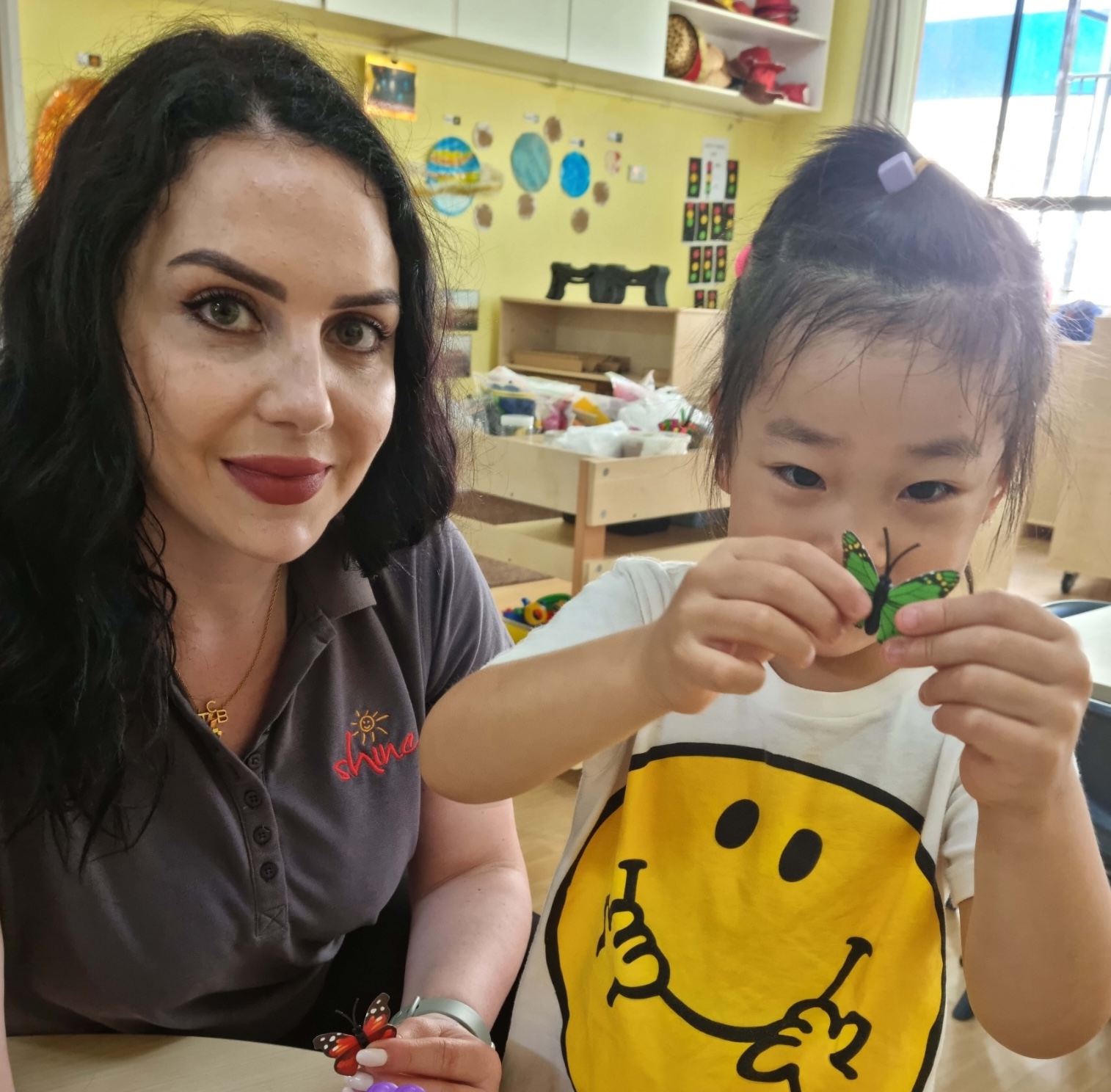Comparing long day care vs preschool is a crucial decision for parents prioritising early childhood education. The main differences between the two lie in their operating hours, age ranges catered to, educational emphasis, and suitability for working parents. If you’re juggling work commitments and seeking extensive care, long day care might be the right choice with its more extended hours.
For those focusing on school readiness and educational structure, preschool offers targeted programs for 3 to 5-year-olds. In this article, we’ll dissect the pros and cons of each to help you decide which is the best option for your little one’s learning journey.
Key Takeaways
- Long day care centres cater to a wide age range, from infants to school-aged children. They offer extended hours and care services alongside educational programs according to the Early Years Learning Framework, making them ideal for working or studying parents.
- Preschools specialise in preparing children aged 3 to 5 years for primary school, focusing on structured play-based learning and foundational literacy, numeracy, and social development skills, usually within school hours and terms.
- The costs of long day care and preschool vary, with financial assistance available through government programs such as the Child Care Subsidy and the Start Strong initiative to help families manage the expenses for early childhood education.
Understanding Long Day Care
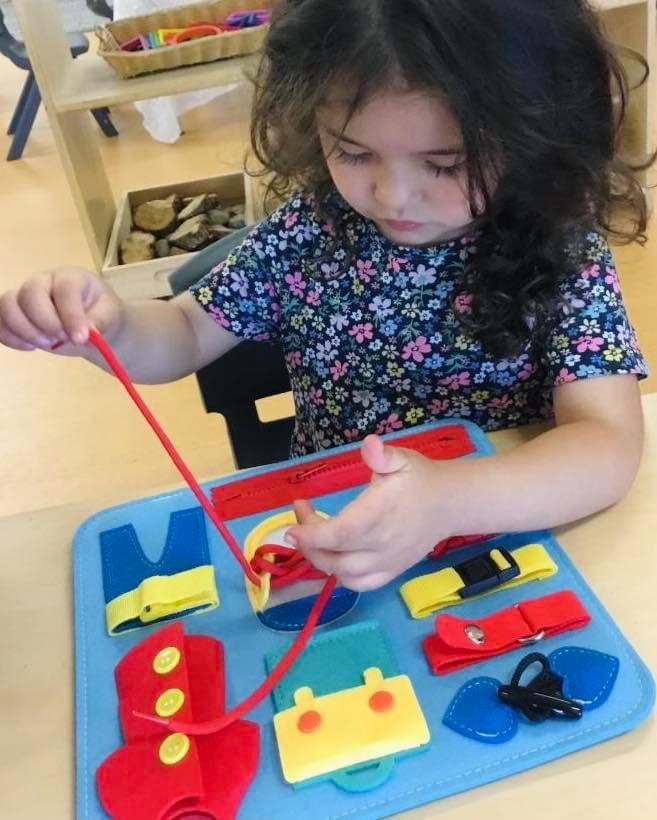
Long day care centres play a fundamental role in Australia’s early childhood education landscape, providing early years childcare services for families.
They offer all-day or part-time care for children in the general community, catering to a broad age range from 6 weeks to 12 years old. These facilities can be standalone buildings or shared with schools, making them accessible and convenient for families.
One of the critical aspects of long day care centres is their focus on supporting families where parents are employed, studying, or in need of reliable childcare services. Essentially, these centres provide a combination of education and care programs tailored to children’s routines. They are licensed facilities subject to legislative requirements, ensuring that your child receives care and a structured educational experience.
Daycare centres offer:
- A structured environment that encourages children’s learning through play and educational activities, while daycare centres separate children based on age or developmental stages
- Responsive relationships that make children feel secure
- Opportunities for children to explore and learn in a positive environment
The lengthy operating hours, typically at least eight hours a day for 48 weeks a year, render daycare centres an ideal option for parents working or studying, especially during school holidays.
Age Range for Long Day Care
Regarding the age range, long day care centres are incredibly accommodating. They cater to children as young as 6 weeks old up to school age, making them a versatile choice for families with children of various ages. Within these centres, there are specific programs for children who are two years away from starting formal schooling, known as preschool or kindergarten programs.
In some cases, the services extend to school-age children, even accommodating those up to 12 years of age, providing a seamless transition from infancy through age-appropriate groups to primary school.
Services Offered in Long Day Care
Long day care centres provide a broad range of early childhood services tailored to cater to the varied needs of children and their families. They follow the Early Years Learning Framework (EYLF) as the primary guide for their educational programs, which include structured lesson plans and activities similar to preschool curriculums. This approach aids parents in preparing their children for school.
Moreover, these centres provide:
- Extended care options.
- Operating for at least 8 hours a day for a minimum of 48 weeks per year.
- Making them a reliable source of care for working parents.
Benefits for Working Parents
Long day care centres are structured to cater to the needs of working parents. They operate 10-12 hours daily, five days a week, and 52 weeks a year, accommodating different work schedules. By providing a reliable childcare environment, these centres enable parents to maintain consistent employment and balance their work-life responsibilities.
Access to such care enables parents to work additional hours, reduce the number of days missed from work, and contribute to greater overall work productivity. This balance is essential as it allows working parents to experience emotional stability and ensure higher-quality interactions with their children, enhancing their overall family life.
Understanding Preschool
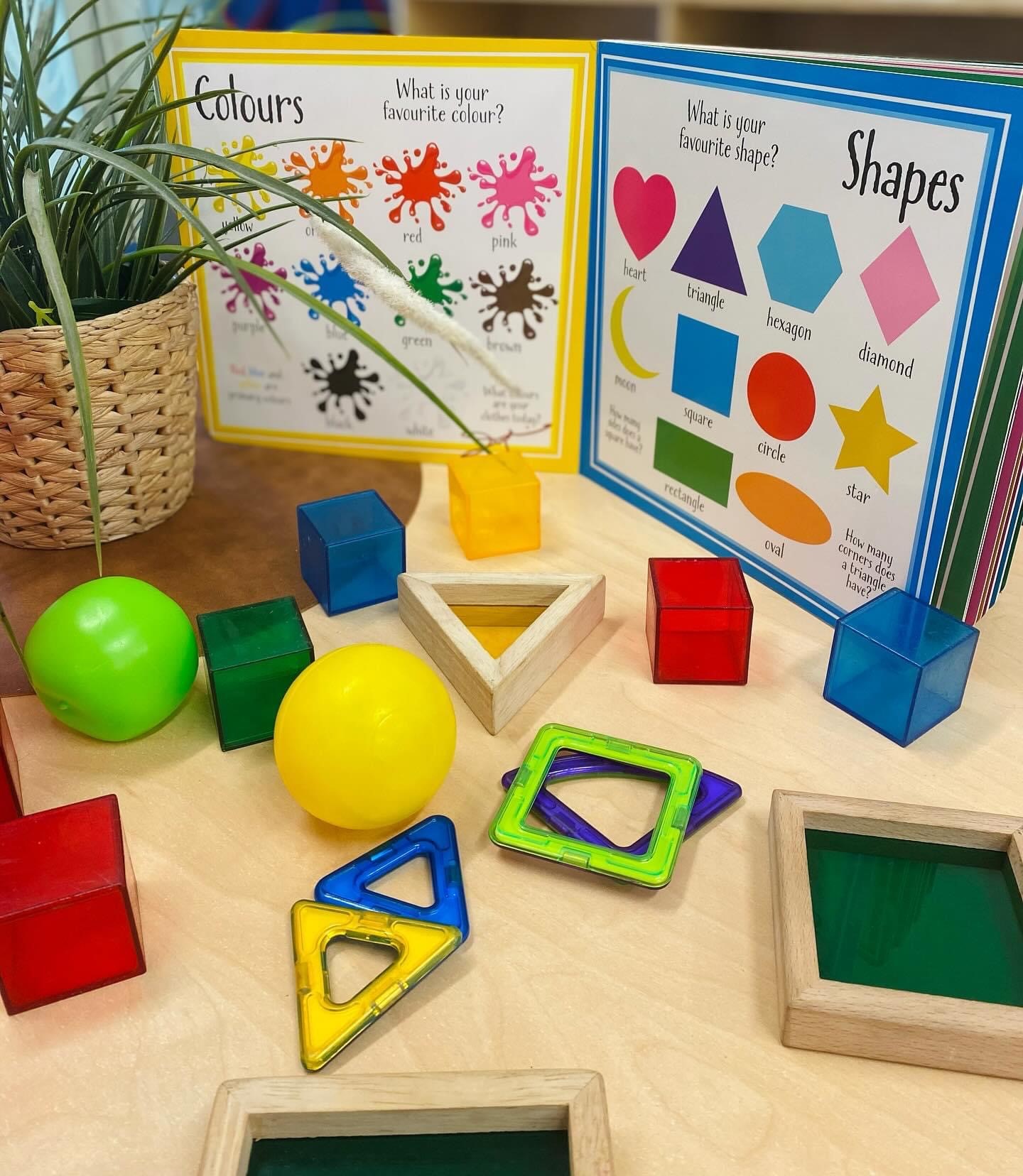
While long day care centres provide flexible and extensive care options, preschools offer a distinctive setting tailored for children aged between 3 to 5 years.
These programs aim to prepare children for primary schooling, introducing them to the structure and routine of a school day.
In Australia, the preschool year is commonly referred to as ‘Kindergarten’ in New South Wales and Victoria, while it’s called ‘Prep’ in some other states.
In addition to full-day attendance, preschools frequently offer part-time options, catering to families’ varying needs. They focus on children’s cognitive, physical, emotional, social, and creative development through play-based learning, allowing for self-directed exploration.
These activities, such as sensory play, imaginative and role-play, and physical activities, are integral to early education, promoting holistic child development in preschool settings.
Preschools provide the following benefits for children through their preschool program:
- Familiarise children with the format and routine of a school day
- Help them adjust to activities such as group projects, learning sessions, and playtimes
- Provide formal assessments documenting readiness for school
- Focus on building foundational skills such as early literacy, numeracy, social skills, and emotional development
Preschool Age
Preschools typically accommodate children aged between 3 and 5 years. The resources and facilities in preschools are specifically tailored to the developmental needs of these age groups.
This age-specific categorisation allows for tailoring the learning and play activities to match the developmental needs of the children, ensuring they are challenged yet able to participate effectively.
Educational Focus of Preschool
Preschool centres follow the Early Years Learning Framework (EYLF), which guides learning through play and development in the following domains:
- Communication
- Literacy
- Numeracy
- Social and emotional
The preschool curriculums focus on building foundational skills such as early literacy, numeracy, social skills, and emotional development.
Focusing on school readiness and educational learning experiences prepares children for a smooth transition into formal schooling.
Shorter Operating Hours
Preschools in Australia generally operate within school hours, usually from 9 am to 3 pm. This schedule aligns with primary school schedules, making them highly suitable for families with older children. The operating hours of preschools are structured around school terms, usually 42 weeks per year.
Attendance often follows dedicated days, such as Monday-Wednesday or Thursday-Friday, to fit within a part-time schedule. However, some preschools may offer extended hours to help accommodate the needs of working parents.
Comparing Staffing and Educator Qualifications
When evaluating long day care centres and preschools, comparing the qualifications of staff and educators is crucial. These two settings have different staffing arrangements due to their operating hours and educational programs.
For instance, long day care centres maintain educator-to-child ratios throughout the day by employing multiple educators who may work in morning or afternoon shifts.
On the other hand, preschool settings typically have different staffing qualifications and may not operate on a shift basis like long day care centres. The differences in staffing and qualifications between long day care centres and preschools are critical factors for parents to consider when choosing an early childhood education environment for their child.
Qualified Early Childhood Teachers
Whether you’re looking at a long day care centre or a preschool, both environments employ a qualified early childhood teacher to implement educational programs.
These educators play a crucial role in fostering children’s social skills, learning styles, and behaviour, serving as their first teachers outside of the home. These partnerships between educators and families provide children a caring and secure learning environment.
The educators emphasise emotional development and cultivating social relationships through sophisticated conversation, language, and communication approaches.
Staffing Arrangements
Long day care centres may have rotating staff due to longer hours, whereas preschools generally experience more consistent staffing thanks to shorter operating hours and fixed terms. These structural differences in operating times and terms between long day care centres and preschools contribute to their respective staffing arrangements.
Remember that children react positively to consistency and routine in their care environment. This consistency is vital for families choosing between long day care and preschool.
Learning Outcomes and Philosophies
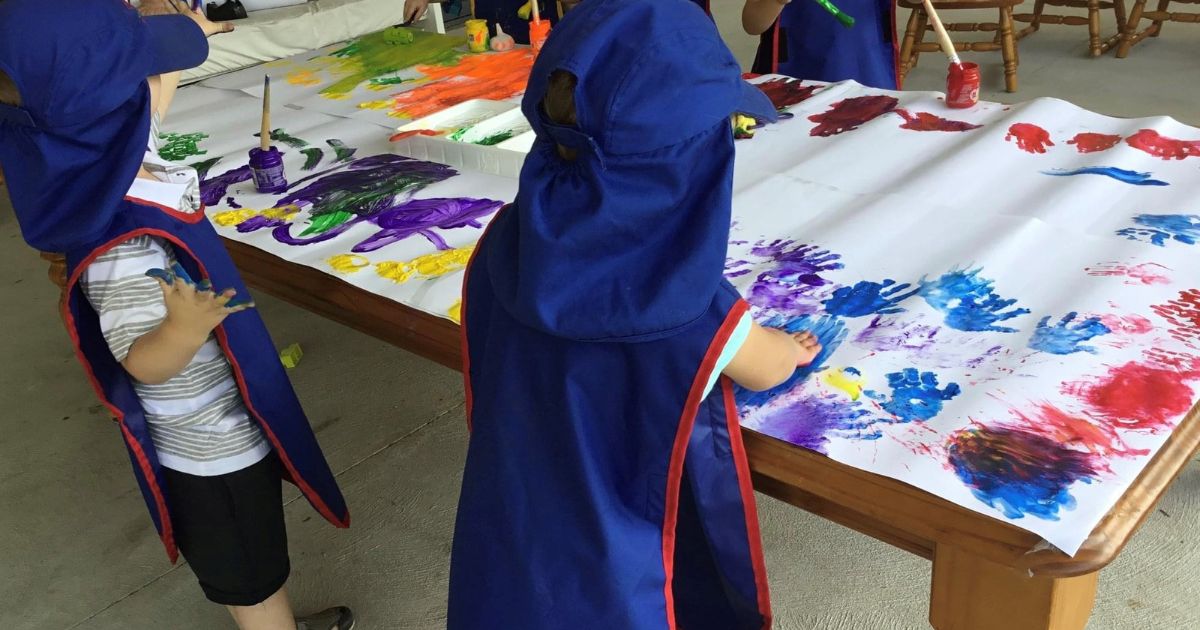
Despite structure and staffing differences, long day care and preschool adhere to the Early Years Learning Framework (EYLF) and utilise play-based learning strategies. However, the unique philosophies, curricula, and resources of these centres may lead to differences in learning outcomes for children.
The chosen childcare service must offer a curriculum tailored to children’s evolving needs, encompassing their social, emotional, physical, and cognitive development. The quality of interaction between children, their parents, and the learning environment provided at home significantly determines a child’s development.
Early Years Learning Framework
The Early Years Learning Framework (EYLF) is implemented by long day care centres and preschools across Australia to guide educators in developing quality early learning programs for children aged 0-5 years old. This framework ensures that children’s learning is consistent and high-quality across both long day care and preschool settings.
Both long day care centres and preschools utilise play-based learning strategies, adapted under the EYLF’s guidance, to provide enjoyable yet educational experiences that promote exploration and creativity whilst building on their existing skills. These playtime and learning activities effectively combine play-based learning with skill development.
Play-Based Learning
Both long day care centres and preschools employ play-based learning environments that support the developmental needs, interests, and experiences of each child, encouraging exploration and expression.
Qualified Early Childhood Teachers design educational programs within long day care and preschool settings that are centered on play-based learning and holistic development in line with the principles of the Early Years Learning Framework (EYLF).
Differences in Learning Outcomes
Understanding the potential differences in learning outcomes between long day care centres and preschools can help you make an informed decision.
The unique philosophies, curricula, and resources of long day care centres and preschools may lead to differences in learning outcomes for children. Some potential differences to consider include:
- Long day care centres typically offer longer hours, which may provide more extensive opportunities for play and learning activities, impacting learning outcomes.
- Preschools often have a more structured curriculum focused on preparing children for formal schooling.
- The qualifications of staff and the specific structure of the educational setting can also impact learning outcomes.
It’s important to visit and research different centres and preschools to understand their specific approaches and how they align with your child’s needs and goals.
Costs and Financial Assistance
Considering the financial implications is vital when choosing between long day care and preschool for early childhood education. The cost of these services can vary, and financial assistance programs are available to help families manage these expenses.
In Australia, the government provides funding for preschool, contributing around $1340 per child to support the delivery of 15 hours of preschool each week.
Long Day Care Centre Costs
Long day care costs in Australia vary widely, influenced by factors such as length of care, services provided, and operating hours. However, eligible families can access the Child Care Subsidy to reduce the daily fees of long day care centres, making it a more affordable option for many.
Preschool Costs
Regarding preschool, the Start Strong for Community Preschools program supports affordable quality preschool education for children aged 3 to 5 years in NSW. This government funding helps to alleviate the financial burden of preschool costs for families, making it a viable option for many.
Financial Assistance Programs
The Child Care Subsidy (CCS) is a government financial assistance program available to eligible families to help with childcare costs. As of July 2023, families earning under $530,000 receive an increase in CCS, with those earning up to $80,000 now receiving up to 90% child care subsidy percentage.
The recent changes to the CCS have resulted in a 13.2% reduction in out-of-pocket expenses for early childhood education and care services.
Making Your Decision: Factors to Consider
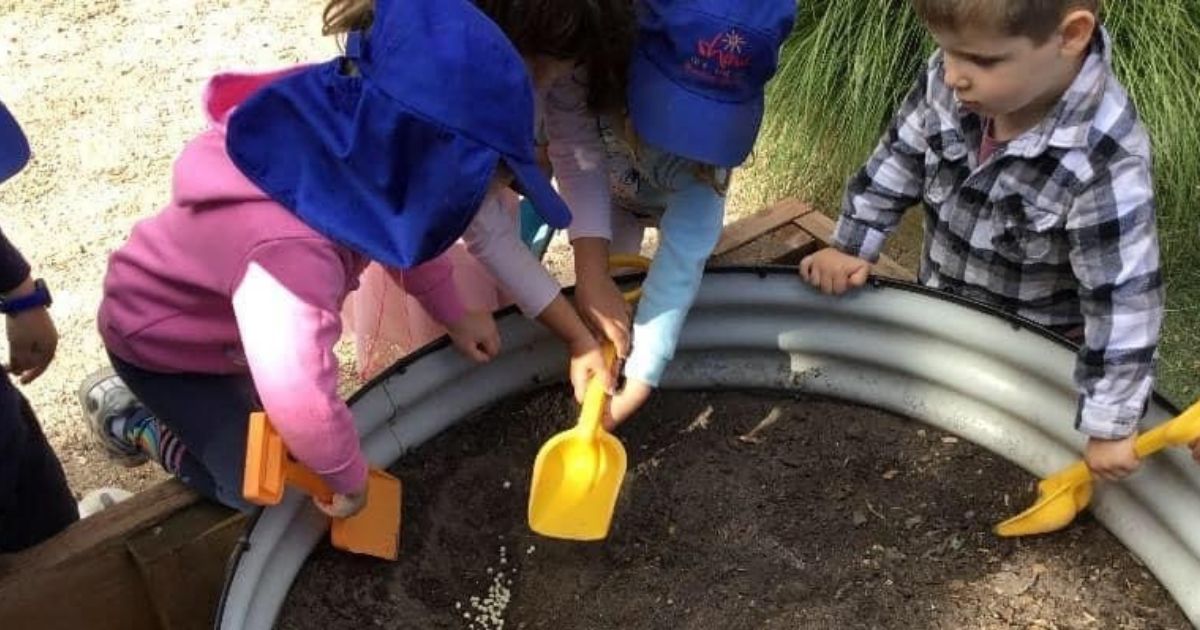
In choosing between long day care and preschool, it’s crucial to consider factors beyond cost and operating hours. You must look at your child’s age and developmental needs, your family’s schedule and flexibility, and educational philosophy and goals.
Child’s Age and Developmental Needs
Your child’s age and developmental needs are among the primary factors to consider. A child’s age and developmental stage are critical in choosing between preschool and daycare, as it affects their readiness and ability to engage in the learning environment.
For instance, long day care is suitable from infancy, supporting social, emotional, and cognitive development from a young age.
On the other hand, preschool targets older children aged 3-5 years, focusing on school readiness and structured learning experiences.
Family Schedule and Flexibility
Your family’s schedule and flexibility is another crucial factor. The operating hours of long day care centres and preschools can greatly influence your decision.
Long day care centres typically operate 10–12-hour days and stay open 50 weeks of the year, catering specifically to working families requiring extended care options.
On the other hand, preschools operate during school hours, fitting more naturally into a school-like routine but may not be suitable for all working parents.
Educational Philosophy and Goals
Finally, comprehending your educational philosophy and goals for your child is essential for making an informed decision. Whether you prefer a more structured, curriculum-focused approach or a play-based learning environment, you can choose between a long day care centre and a preschool.
It’s important to choose an environment that aligns with your educational values and what outcomes you hope to see for your child.
Shine Early Learning Centres: A Comprehensive Solution

If you’re searching for a comprehensive solution that merges the benefits of long day care and preschool, then we at Shine Early Learning Centres have got you covered. As one of the top childcare providers, we offer nurturing, secure, and engaging learning environments designed to promote growth and development.
With three childcare centres across Australia, two located in Victoria and one in New South Wales, Shine Early Learning Centres serve families in these regions, making high-quality early childhood education accessible.
Services Offered at Shine Early Learning Centres
Shine Early Learning Centres offer a comprehensive array of top-notch early education and care services, including childcare and preschool. The centres adopt an educational philosophy that establishes supportive, safe, and stimulating learning experiences, aiming to lay solid foundations for every child’s development.
Shine Early Learning Centres focus on building caring and responsive relationships in a positive environment to promote positive social and emotional development.
Enrolment Process and Locations
The enrolment process at Shine Early Learning Centres is simple and direct. It involves the following steps:
- Explore programs
- Book a tour of the centre
- Complete an online application form via: https://www.shinepreschool.com.au/enrolment/
- Meet the staff
- If a spot is available, parents receive an official enrolment offer via email
- Secure the spot by completing enrolment fees and an enrolment form to confirm their child’s position.
Shine Early Learning Centres can be found in the neighbourhoods of Carlingford in New South Wales, Brooklyn and St Albans in Victoria, Australia.
Summary
Whether you’re considering long day care or preschool, both options provide enriching environments for children to learn, play, and grow. The decision comes down to what best fits your child’s developmental needs, your family’s schedule, and your personal educational philosophy.
Remember, the best decision is an informed one. So, take your time, do your research, and make a choice that you believe will provide the best early childhood education experience for your child.
Frequently Asked Questions
Is it better for toddlers to stay home or go to daycare?
It depends on the child’s social and independence traits, with highly social or independent children benefiting from daycare, while more introverted children may prefer home-based care. Date not provided.
What does long day care mean?
Long day care is a center-based service that offers education and care for children from birth to age 6, sometimes extending to school-age children outside school hours. It provides all-day or part-time care for children in the general community.
What is the difference between preschool and kindergarten in Australia?
The main difference between preschool and kindergarten in Australia, specifically in New South Wales, is that kindergarten is the first year of primary school. In contrast, preschool is a voluntary educational program for children aged three to five, following the Early Years Learning Framework. All services in NSW offer quality preschool programs for 3 to 5-year-olds.
What is the difference between long day care and preschool?
The main difference between long day care and preschool is that long day care offers extended hours and caters to children as young as 6 weeks old, whereas preschool is designed for children aged 3-5 years and typically operates during school hours.
What is the Early Years Learning Framework (EYLF)?
The Early Years Learning Framework (EYLF) is a guide used in Australia to create high-quality early learning programs for children aged 0-5.

